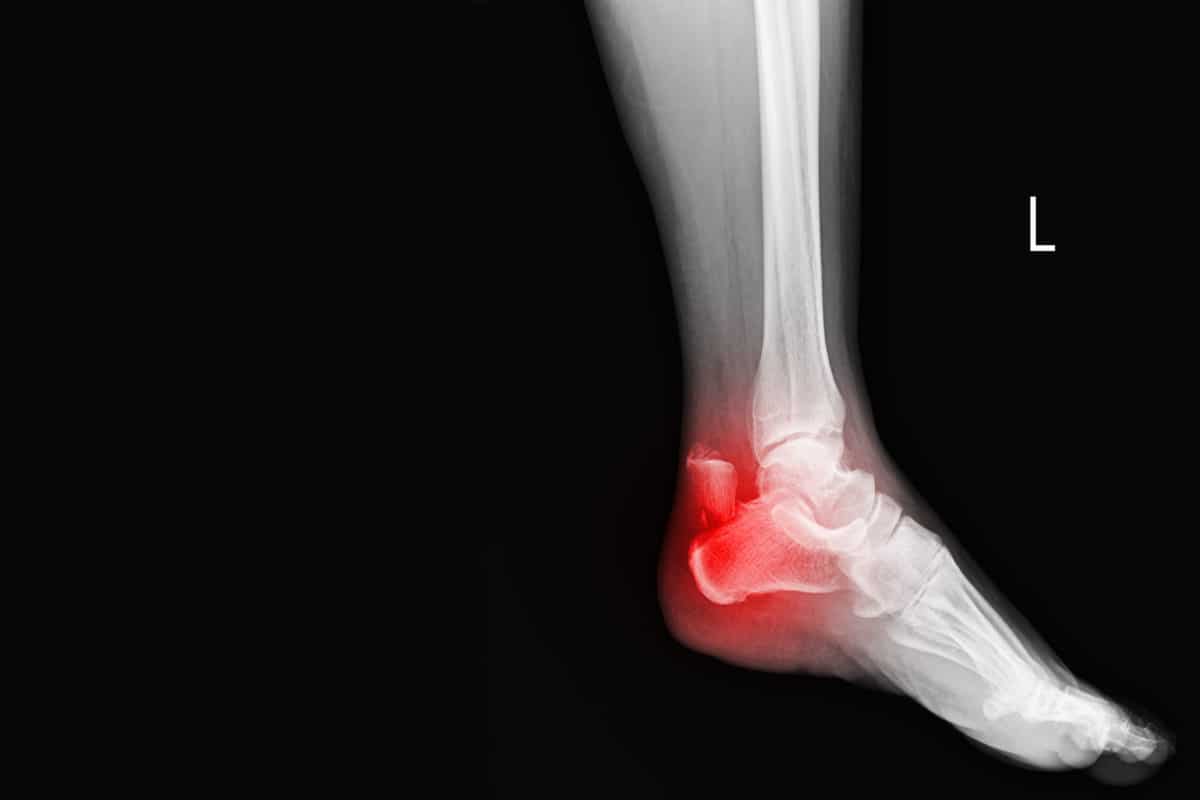Plantar Fasciitis
Home » Conditions » Plantar Fasciitis
Dallas Plantar Fasciitis Treatment
If you’re suffering from plantar fasciitis, contact SportsMed for orthopedic treatment in Dallas. Hurt Today? We can arrange a same-day urgent care visit to ensure you get fast and effective relief for your Plantar Fasciitis pain.
High Ankle Sprain FAQs
What is Plantar Fasciitis?
Most associate plantar fasciitis with being a painful foot condition. It occurs when connective tissue at the bottom of the foot called the plantar fascia becomes irritated. Plantar fasciitis is most common among those who spend a lot of time on their feet. If your feet hurt when you wake up, this is a hallmark sign of plantar fasciitis. Fortunately, for the majority of people, symptoms can be relieved without any surgery.
What are the symptoms of Plantar Fasciitis?
Plantar fasciitis can potentially cause significant heel pain. Most note the pain as being the most severe in the morning upon awakening, following rest, or after being on your feet for long periods of time.
Walking or stretching helps relax the plantar fascia, and can help manage pain.
Many people with plantar fasciitis eventually develop heel spurs, abnormal bony growths that form underneath the heel. Heel spurs can occur if the plantar fascia pulls away from the bone, or from prolonged inflammation of the plantar fascia.
What causes Plantar Fasciitis?
Plantar fasciitis is caused by structural problems within the foot. People with flat feet have an extra long plantar fascia. This creates a greater distance between the heel and the balls of the feet. Those with high arches have a short plantar fascia. And, people with short plantar fascia are more prone to plantar fasciitis. Sudden weight gain, obesity, and prolonged standing or walking on hard surfaces can all contribute to plantar fasciitis.
How is Plantar Fasciitis diagnosed?
At SportsMed, we'll need to do an examination and review of your medical history before we can diagnose plantar fasciitis. You should describe your symptoms to Dr. Berry accurately, and explain the amount of time that you spend on your feet.
We can also use imaging scans, like MRIs or an X-ray to determine the extent to which your plantar fascia is inflamed, and help determine appropriate treatment options.
How do you treat Plantar Fasciitis?
In the majority of cases, plantar fasciitis can be treated non-surgically. Rest, ice, and over-the-counter anti-inflammatory or prescription medications can help manage pain. We may also use Cortisone injections to help alleviate symptoms.
For some, it can be helpful to lose any excess weight, and to refrain from going barefoot.
Physical therapy can be helpful to learn exercises to stretch and help relax the tissues in the heel. Dr. Berry may recommend custom orthotics, shoe inserts, or a removable walking cast to help position your foot and cushion your heel. Night splints can help while you sleep.
How can you prevent Plantar Fasciitis?
Customized orthotics and insoles can help relieve inflammation or tightness in the plantar fascia. It is important to perform any exercises given to you by Dr. Berry to help keep your foot stretched and relaxed. Maintaining a healthy weight helps as well.
Will I Need Surgery for Plantar Fasciitis?
We only use surgery to treat plantar fasciitis a very small percentage of the time. Surgical treatments will usually only be considered after non-surgical treatments, like physical therapy, have failed. Plantar fascia release surgery is used to relax the plantar fascia, and is usually paired with tarsal tunnel release surgery. Surgery is successful for the vast majority of people.
What is Plantar Fasciitis Recovery Like?
The majority of people with plantar fasciitis improve after a few months of non-surgical treatment. It is important to follow your doctor’s instructions. It is important to let your doctor know if your symptoms do not improve after a few months so that your treatment plan can be reassessed.
Plantar Fascia
The plantar fascia is a thick piece of connective tissue located on the bottom of the foot. It connects the heel to the ball of the foot, and maintains the arch of the foot.
